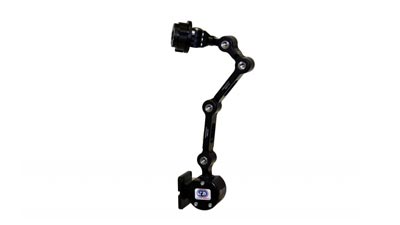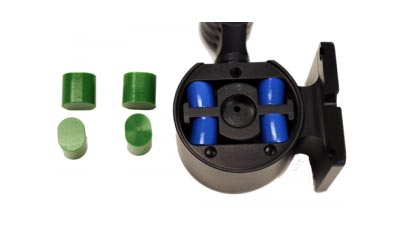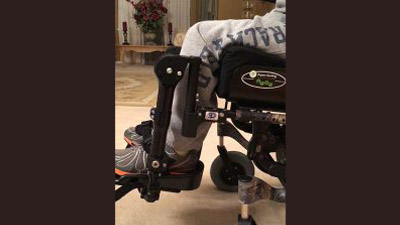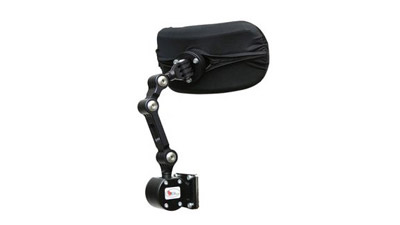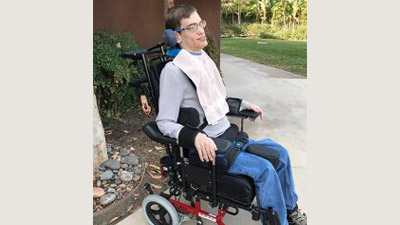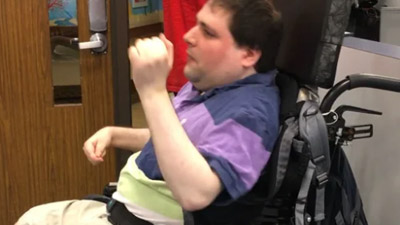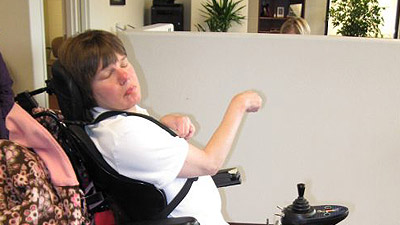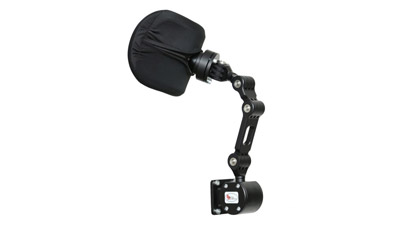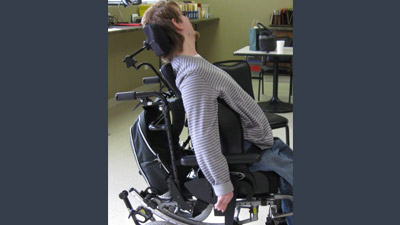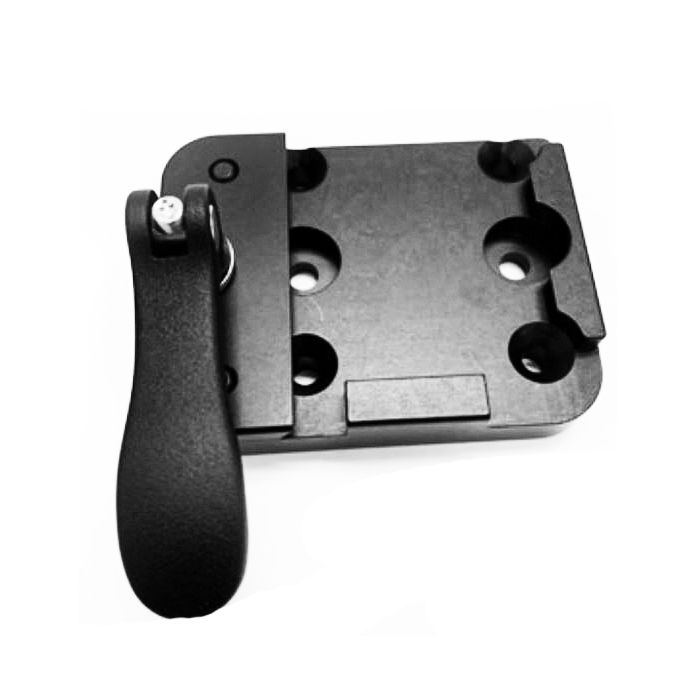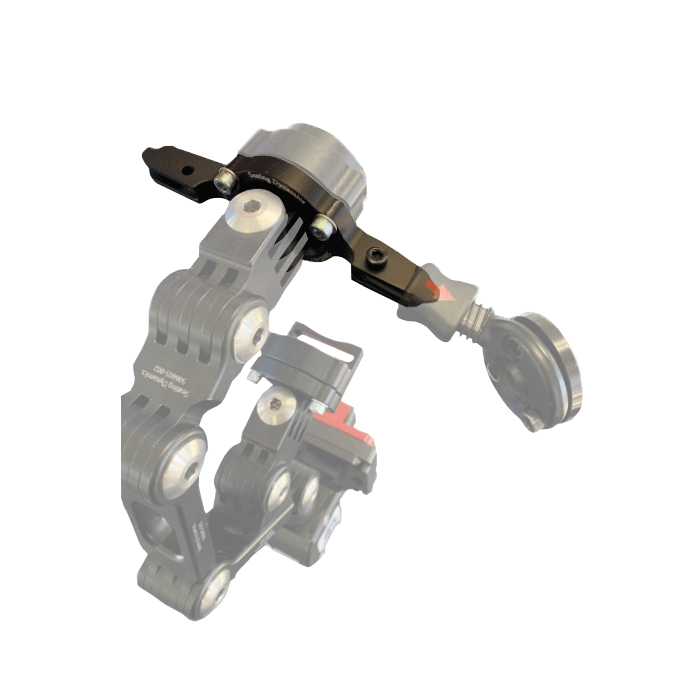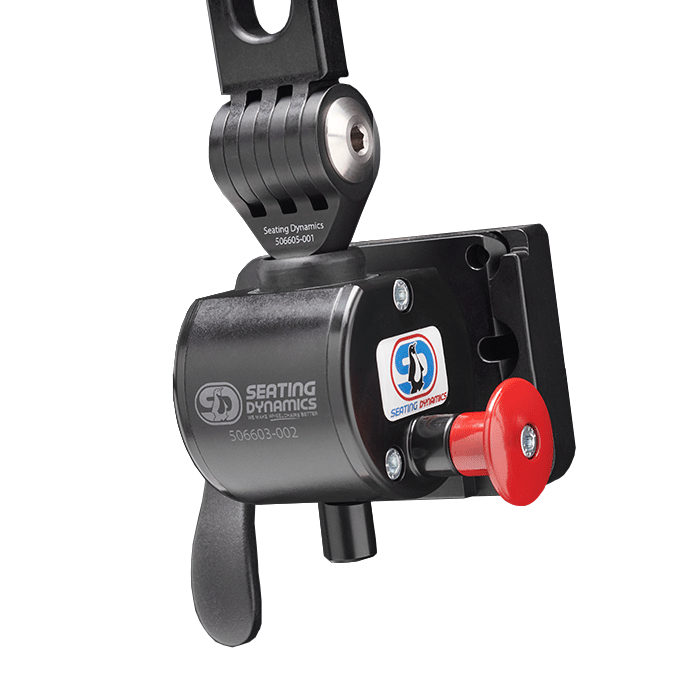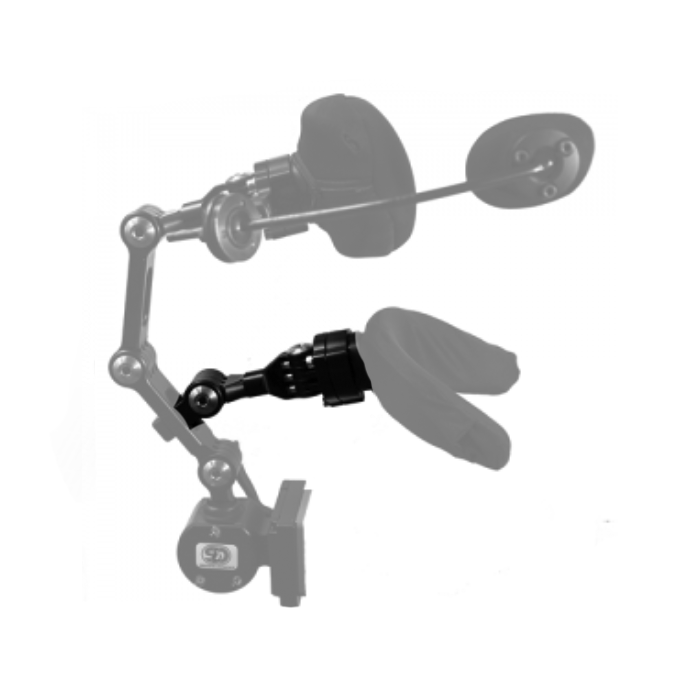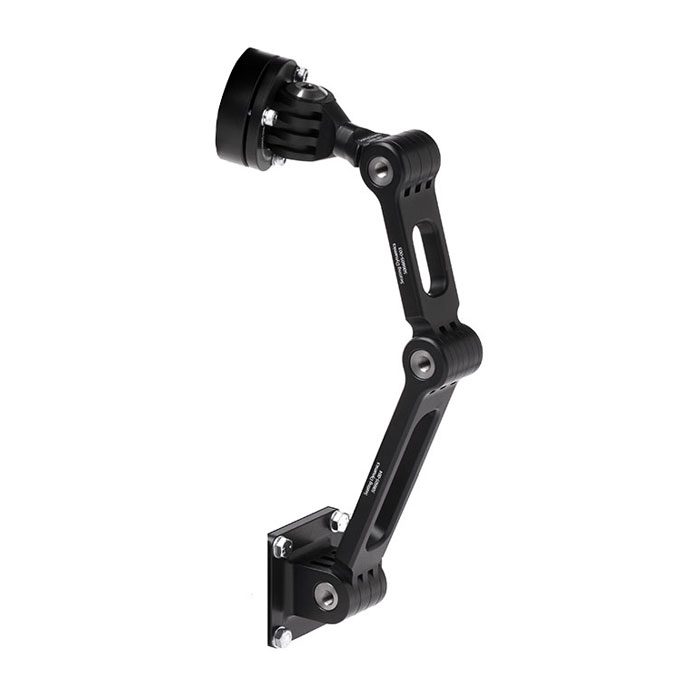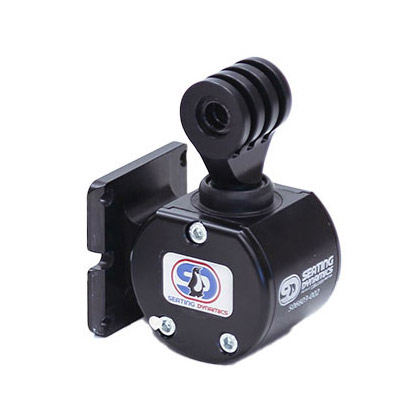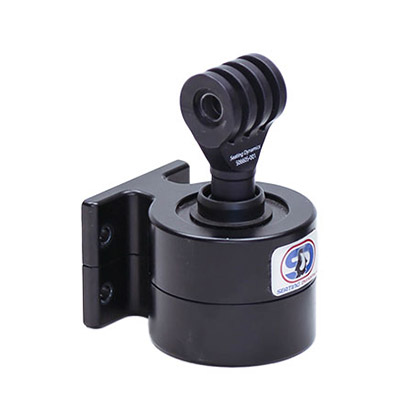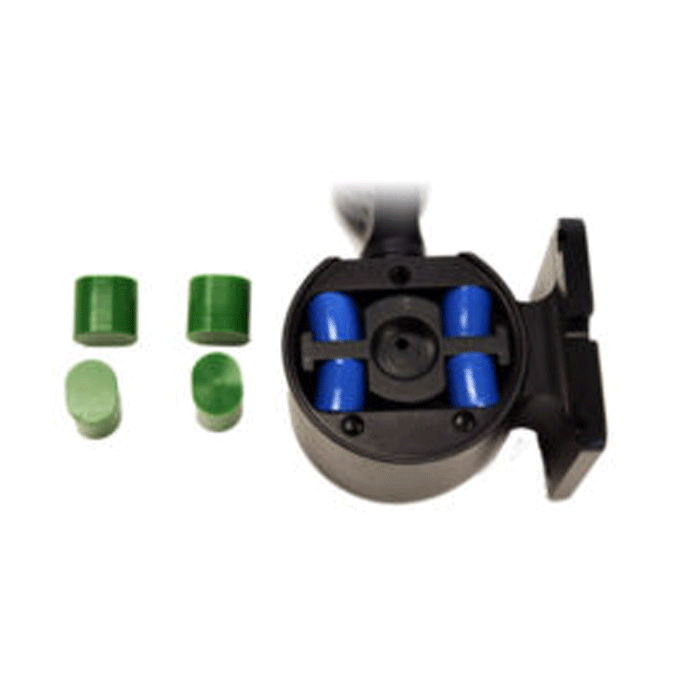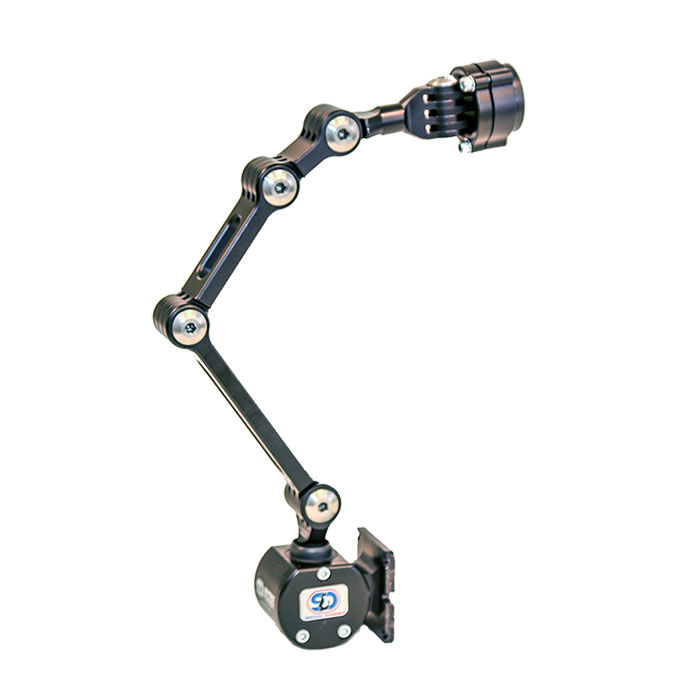Maintaining Head Support Position – let’s do the math!
I see a lot of clients for head positioning in their wheelchair seating system. This requires a thorough seating assessment, as well as providing the best product. Even if I choose what I believe to be the very best head support for a client, I find that maintaining the position of that support is a challenge. I continually find that the hardware has moved, often resulting in a sub-optimal head position for the client.
Dynamic Head Support Hardware: Choosing Tilt and Recline Resistance
The Dynamic Head Support Hardware absorbs client forces and then returns the client to an upright and neutral head position. The purpose of this dynamic component is to protect the client from harm, prevent the mounting hardware from breaking, and to reduce overall extension tone. This hardware can be used with nearly any head pad to best meet an individual’s needs.
The Label Game – which clients use Dynamic Seating?
Michelle L. Lange, OTR/L, ABDA, ATP/SMS When I first began working with clients more than 30 years ago (yikes!), I…
FAQ: Can Dynamic Seating Be Used on any Wheelchair?
Did you know that Seating Dynamics has a very comprehensive list of Frequently Asked Questions? You can find this list by ‘hovering’ over the Dynamic Seating tab on our website. One of our FAQs is “Can dynamic seating be used on any wheelchair?”
Determining Resistance: Head Support
This blog is the third in a series on determining the optimal resistance when using dynamic components. The first blog in this series addressed determining resistance in the Dynamic Rocker Back Interface (DRBi) and the second blog addressed finding the optimal resistance when using Dynamic Footrests. In this final blog, we shall turn to the Dynamic Head Support Hardware.
Achieving Head Alignment through Movement
Vince is a young adult with the diagnosis of cerebral palsy. He had significant muscle tone throughout his body and frequently extends in his current wheelchair seating system. We were anxious to explore dynamic seating options to diffuse some of this extensor tone.
Dynamic Head Supports – the importance of design in meeting client goals
In our last blog, we discussed clinical indicators and contra-indicators to allowing movement into neck extension using a dynamic head support. Dynamic movement in this area can protect the head support hardware from damage, limit client injury, and reduce overall extensor tone. How does design facilitate these goals?
3 Reasons to Allow the Neck to Extend
In previous blogs, we have discussed clinical indicators for providing dynamic movement at the hips and knees. Another location dynamic movement can be provided is at the neck through Dynamic head support mounting hardware. Most dynamic options allow movement into neck extension and then facilitate return to an upright and aligned posture. So when is a dynamic head support clinically indicated?
- « Previous
- 1
- 2
- 3
- 4
- Next »

